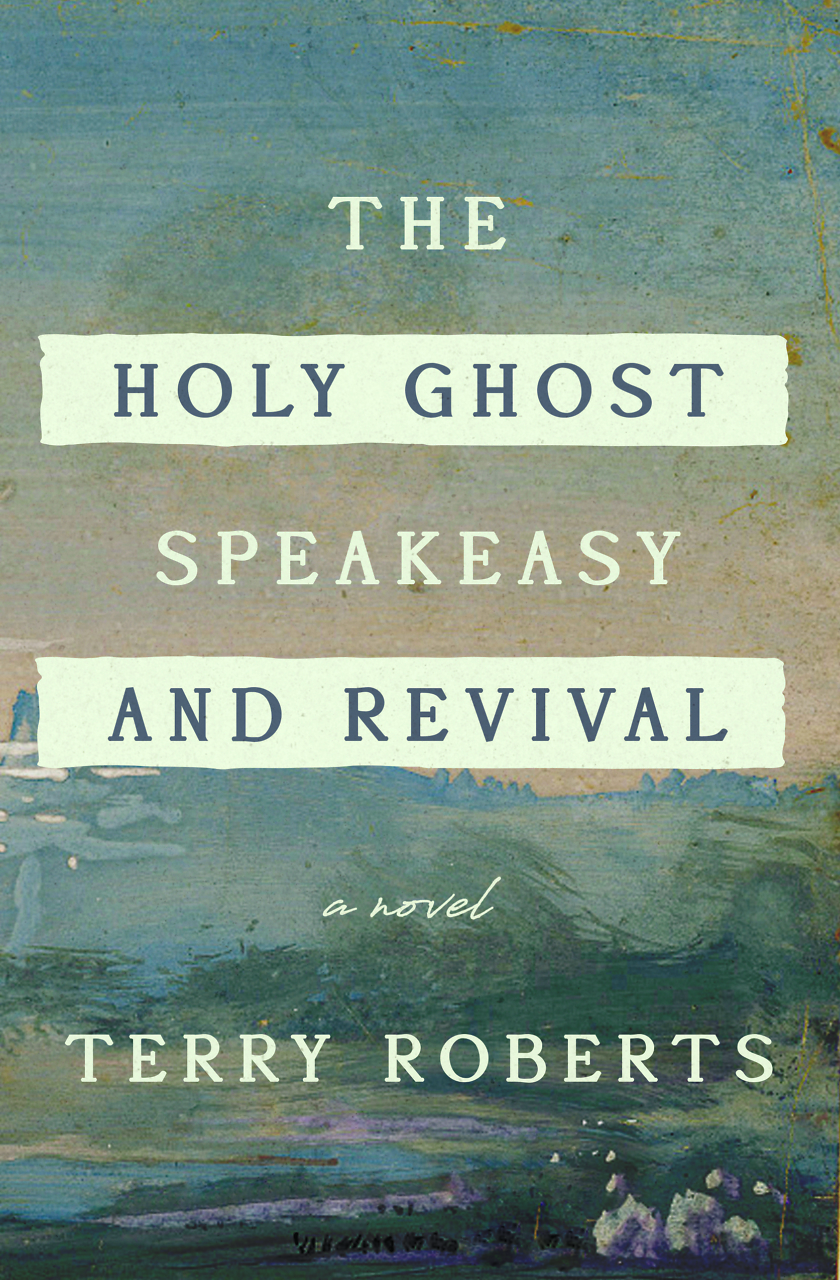Dispelling the Mountain South's Myths
Historians find post-Civil War Appalachia more diverse than expected
As late as the 1970s, even historians relied on facile generalizations about Appalachia. They held that during the Civil War and afterward, the people of the mountain South were generally Unionist because the region had so few slaves. Other assumptions were less benign: according to popular perception, mountaineers were hillbillies–lazy, ignorant, impoverished, isolated, and prone to savage feuds.
In Reconstructing Appalachia: the Civil War’s Aftermath, editor Andrew L. Slap assembles essays from established and new Appalachianist scholars that dissect and qualify these old assumptions. Gordon B. McKinney, whose 1978 Southern Mountain Republicans 1865-1900 launched modern scholarship’s investigation in Appalachia following the Civil War, provides an introductory overview. He and all modern scholars, while they may differ on details and emphases, agree that the situation is messier than anyone thought. Yes, there was significant Unionist sentiment in parts of Appalachia, but the region also provided plenty of Confederate soldiers too, for many local and ideological reasons besides race. Slavery was well-known in most of Appalachia, and while there had been some early abolitionist sentiment there, most of its people were just as racist as elsewhere in the South–or in the North too, for that matter. Yes, there was a tradition of feuding, but it usually had an economic or class base. Relative isolation did not protect the people of Appalachia from lawless violence during and after the war. It was intense in many regions, and the Klan was as active in parts of the mountains as in the rest of the South, though political rivalry, local autonomy, and federal attempts to stamp out moonshining motivated the Klan’s intimidation efforts at least as much as race.
 The more engaging essays in this book examine intriguing personalities, such as Tennessee’s Reconstruction governor, William “Parson” Brownlow, or John Hamilton Morgan, a Mormon missionary to northwest Georgia. Special regions within Appalachia also provide interesting case studies. West Virginia, which “secede[d] from secession,” had industrialization and coal issues to contend with in the later years of the nineteenth century. Pennsylvania, also a part of Appalachia though not Southern, suffered from extreme environmental degradation from extensive logging. Breathitt County in eastern Kentucky, an especially isolated mountain region, indeed had hardly any black residents and largely escaped racial tensions and Reconstruction politics. It nonetheless had “one of the worst records of violence during the years of Reconstruction,” thanks to “[l]ocal animosities between former Unionists and Confederates.”
The more engaging essays in this book examine intriguing personalities, such as Tennessee’s Reconstruction governor, William “Parson” Brownlow, or John Hamilton Morgan, a Mormon missionary to northwest Georgia. Special regions within Appalachia also provide interesting case studies. West Virginia, which “secede[d] from secession,” had industrialization and coal issues to contend with in the later years of the nineteenth century. Pennsylvania, also a part of Appalachia though not Southern, suffered from extreme environmental degradation from extensive logging. Breathitt County in eastern Kentucky, an especially isolated mountain region, indeed had hardly any black residents and largely escaped racial tensions and Reconstruction politics. It nonetheless had “one of the worst records of violence during the years of Reconstruction,” thanks to “[l]ocal animosities between former Unionists and Confederates.”
All the essays in Reconstructing Appalachia: the Civil War’s Aftermath are by academics who provide impressive multi-citation footnotes with sometimes interesting comments. Clearly this is an in-group book for a scholarly audience. In the first essay, editor Slap provides an overview of the historiography of Appalachian studies, including the Dunning school, revisionists, neo-revisionists, post-revisionists, and world-system theorists–the kind of thing professors love to inflict on graduate students. But general readers with ties to current Appalachia are likely to be fascinated by the roots aspect of this essay collection nonetheless.


